| Computer | 5590 | Computer program, application, app, script, or coded system | Display picture | Computer Systems Packet (PDF) | Link to video presentation | Engineers Journal (doc, docx, pdf, ppt, pptx, image file) | Source Code (doc, docx, pdf, ppt, pptx, image file) |
| Computer | 5591 | Computer presentation | Display picture | Computer Systems Packet (PDF) | Link to video presentation | Engineers Journal (doc, docx, pdf, ppt, pptx, image file) | Source Code (doc, docx, pdf, ppt, pptx, image file) |
| Computer | 5592 | Single computer system | Display picture | Computer Systems Packet (PDF) | Link to video presentation | Engineers Journal (doc, docx, pdf, ppt, pptx, image file) | Source Code (doc, docx, pdf, ppt, pptx, image file) |
| Computer | 5593 | Networked System | Display picture | Computer Systems Packet (PDF) | Link to video presentation | Engineers Journal (doc, docx, pdf, ppt, pptx, image file) | Source Code (doc, docx, pdf, ppt, pptx, image file) |
| Computer | 5594 | CHIP System | Display picture | Computer Systems Packet (PDF) | Link to video presentation | Engineers Journal (doc, docx, pdf, ppt, pptx, image file) | Source Code (doc, docx, pdf, ppt, pptx, image file) |
| Robotics | 5509 & 5513 | Robot made from a commercial (purchased) kit. (No Programming just assembly) | Display picture | Robotics Packet (PDF) | Link to video presentation | | |
| Robotics | 5510 & 5514 | Robot designed by exhibitor. | Display picture | Robotics Packet (PDF) | Link to video presentation | Source Code (doc, docx, pdf, ppt, pptx, image file) | |
| Robotics | 5511 & 5515 | Programmable robot made from a commercial (purchased) kit | Display picture | Robotics Packet (PDF) | Link to video presentation | Source Code (doc, docx, pdf, ppt, pptx, image file) | |
| Robotics | 5546 & 5547 | Robot from a commercial kit, operated by a remote controlled | Display picture | Robotics Packet (PDF) | Link to video presentation | Source Code (doc, docx, pdf, ppt, pptx, image file) | |
| Robotics | 5544 & 5545 | Junk drawer robot | Display picture | Robotics Packet (PDF) | Link to video presentation | | |
| Robotics | 5517 | Team Robotics Project | Display picture | Robotics Packet (PDF) | Link to video presentation | Source Code (doc, docx, pdf, ppt, pptx, image file) | |
| Rocketry | 5520 & 5525 | Rocket made from kit | Display picture | Rocketry Packet (PDF) | | | Link to video presentation |
| Rocketry | 5521 & 5526 | Rocket designed by exhibitor | Display picture | DbE Rocketry Packet (PDF) | | Rocket Construction Plans (doc, docx, pdf, ppt, pptx, image file) | Link to video presentation |
| Rocketry | 5527 | Rocket designed by exhibitor with alternative skins | Display picture | DbE Rocketry Packet (PDF) | | Rocket Construction Plans (doc, docx, pdf, ppt, pptx, image file) | Link to video presentation |
| Rocketry | 5530 | Team rocket designed by two or more people | Display picture | DbE Rocketry Packet (PDF) | | Rocket Construction Plans (doc, docx, pdf, ppt, pptx, image file) | Link to video presentation |
| Rocketry | 5536 | Mid-Power Rocket | Display picture | HPR/MPR Rocketry Packet (PDF) | | | Link to video presentation |
| Rocketry | 5535 | High Power Rocket | Display picture | HPR/MPR Rocketry Packet (PDF) | | | Link to video presentation |
| UAS | 5701 & 5706 | UAS designed and constructed by exhibitor | Display picture | UAS Packet (PDF) | Link to video presentation | Construction Plans (doc, docx, pdf, ppt, pptx, image file) | |
| UAS | 5702 & 5707 | UAS practical application | Display picture | UAS Packet (PDF) | Link to video presentation | | Notebook, poster, display, etc. (doc, docx, pdf, ppt, pptx, image file) |
| Educational Notebooks | | | Display picture | Notebook (doc, docx, pdf, ppt, pptx) | | | |
| Educational Displays & Posters | | | Display picture | Closeup 1 (image file) | Closeup 2 (image file) | Closeup 3 (image file) | Closeup 4 (image file) |
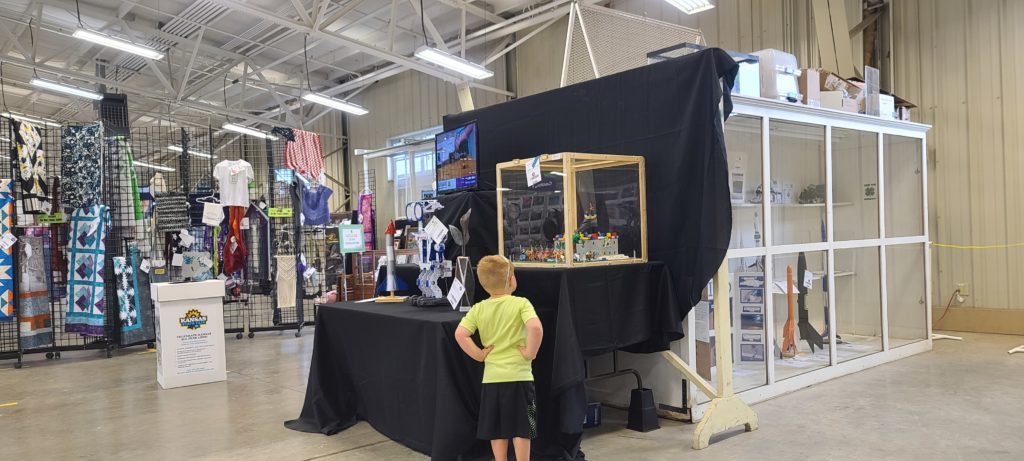

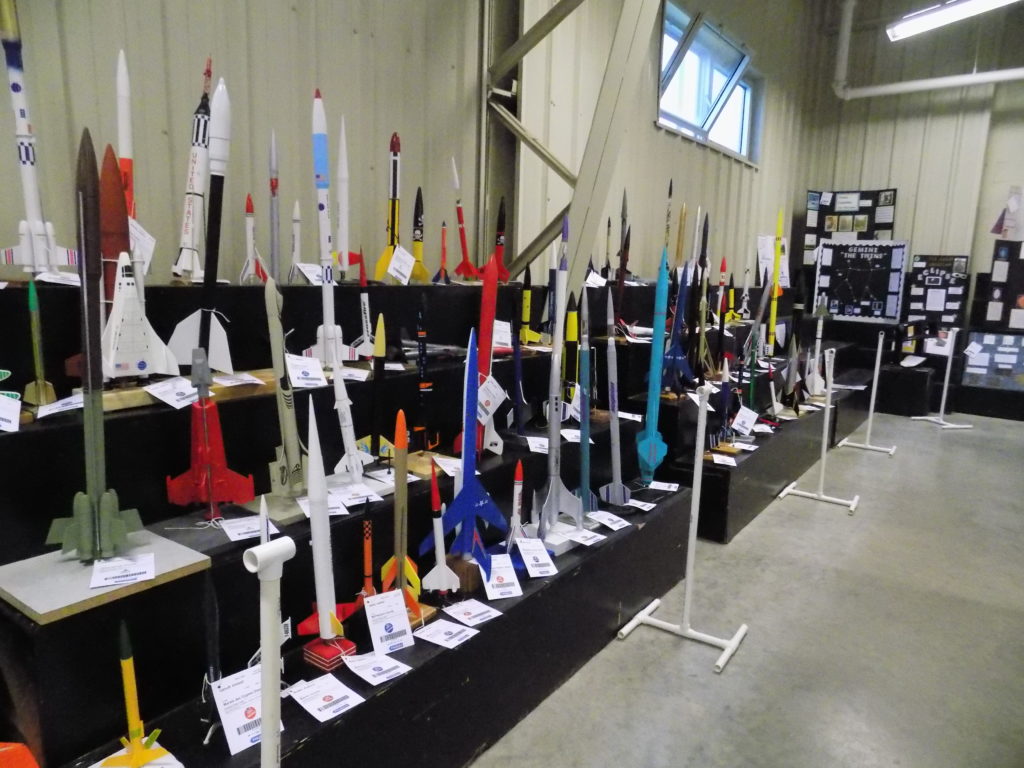
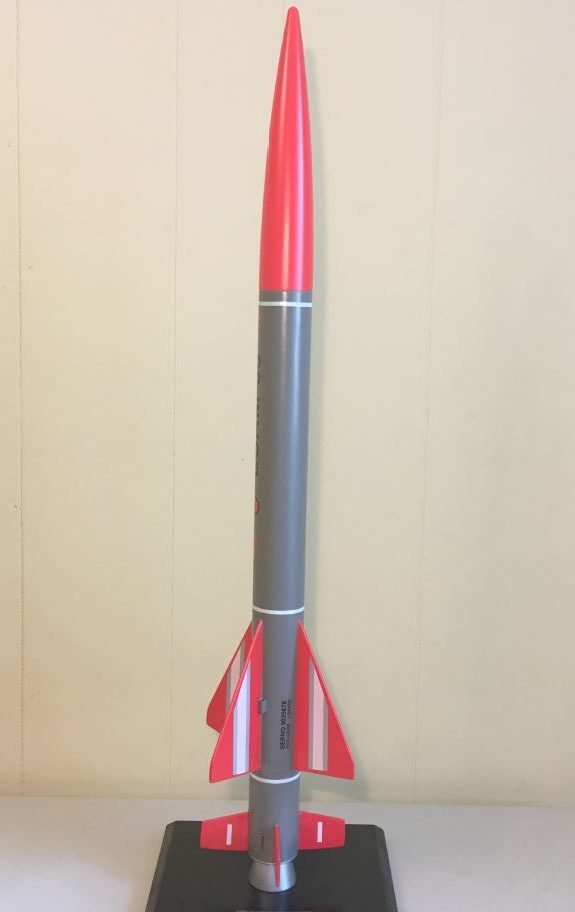
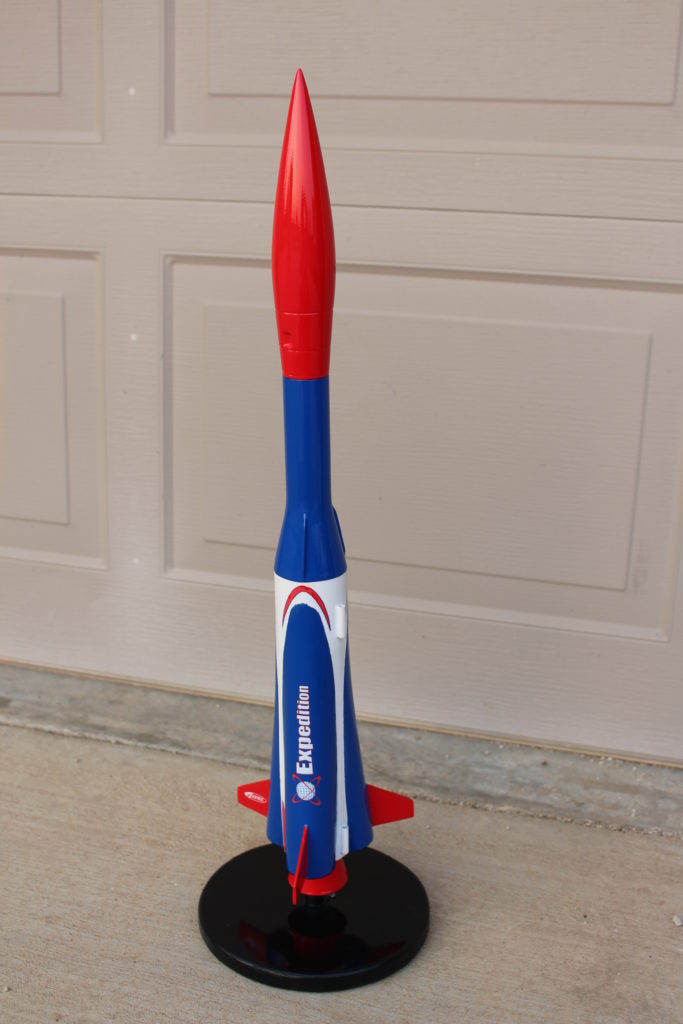
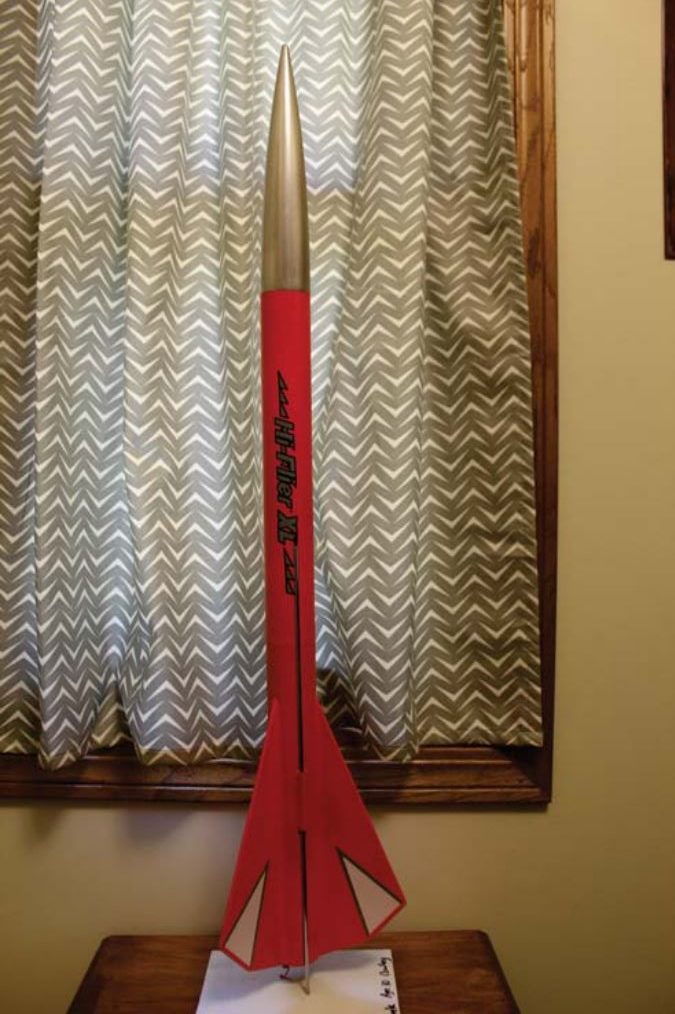
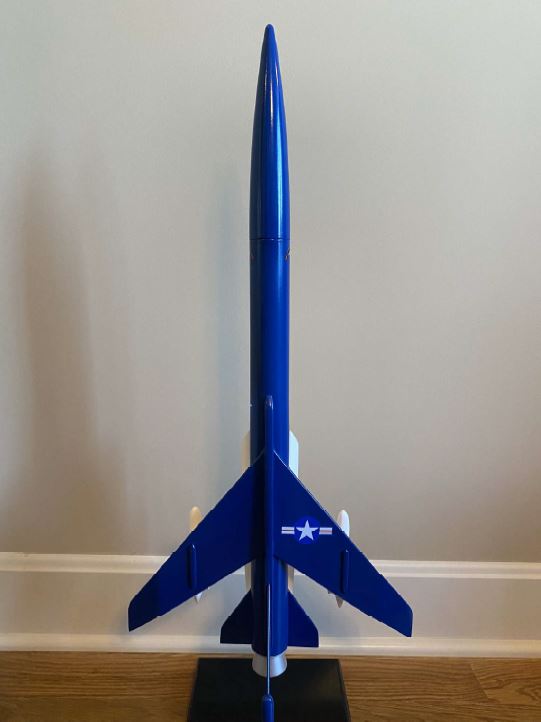
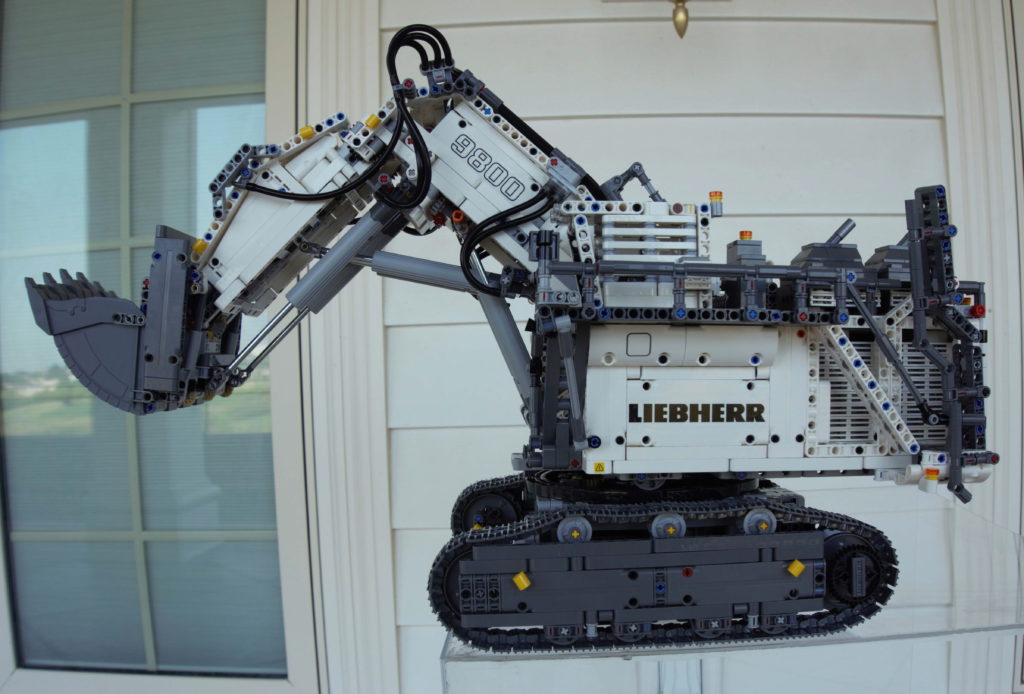
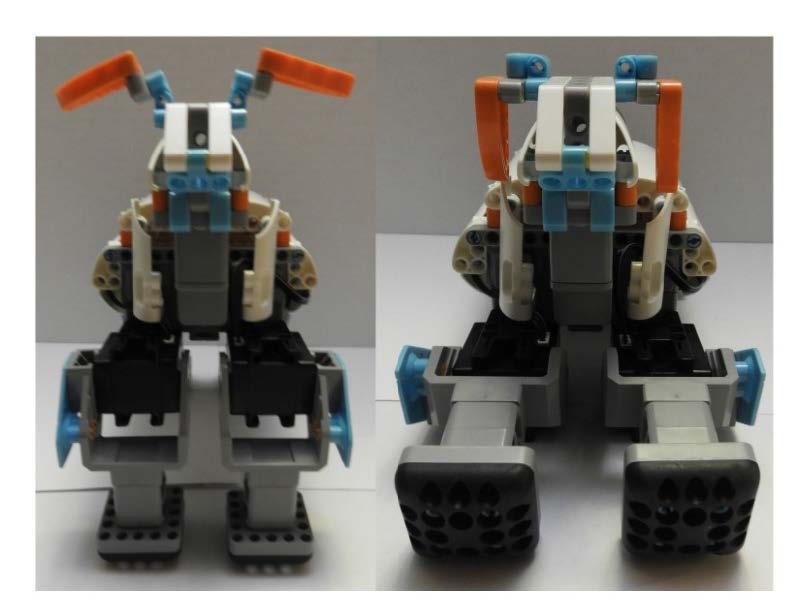
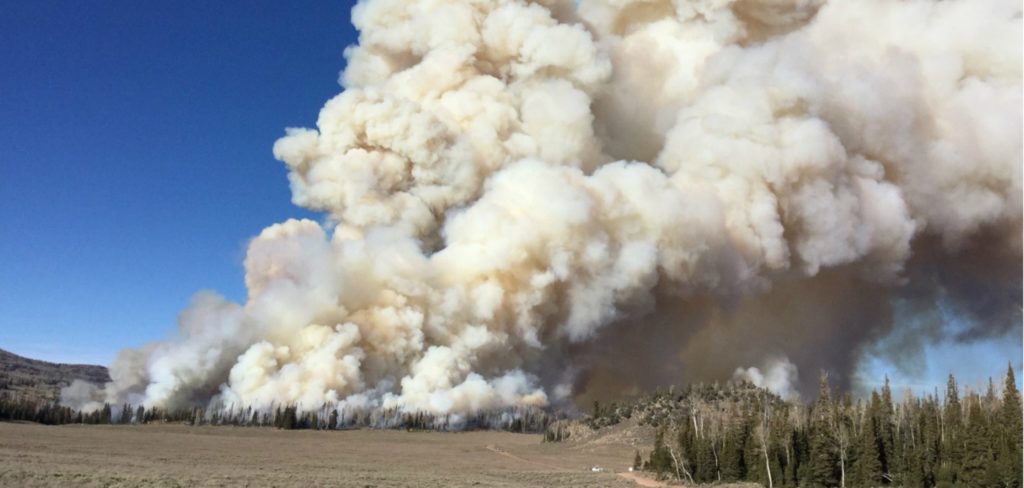


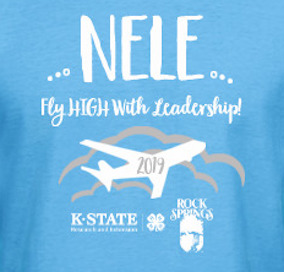
Recent Comments